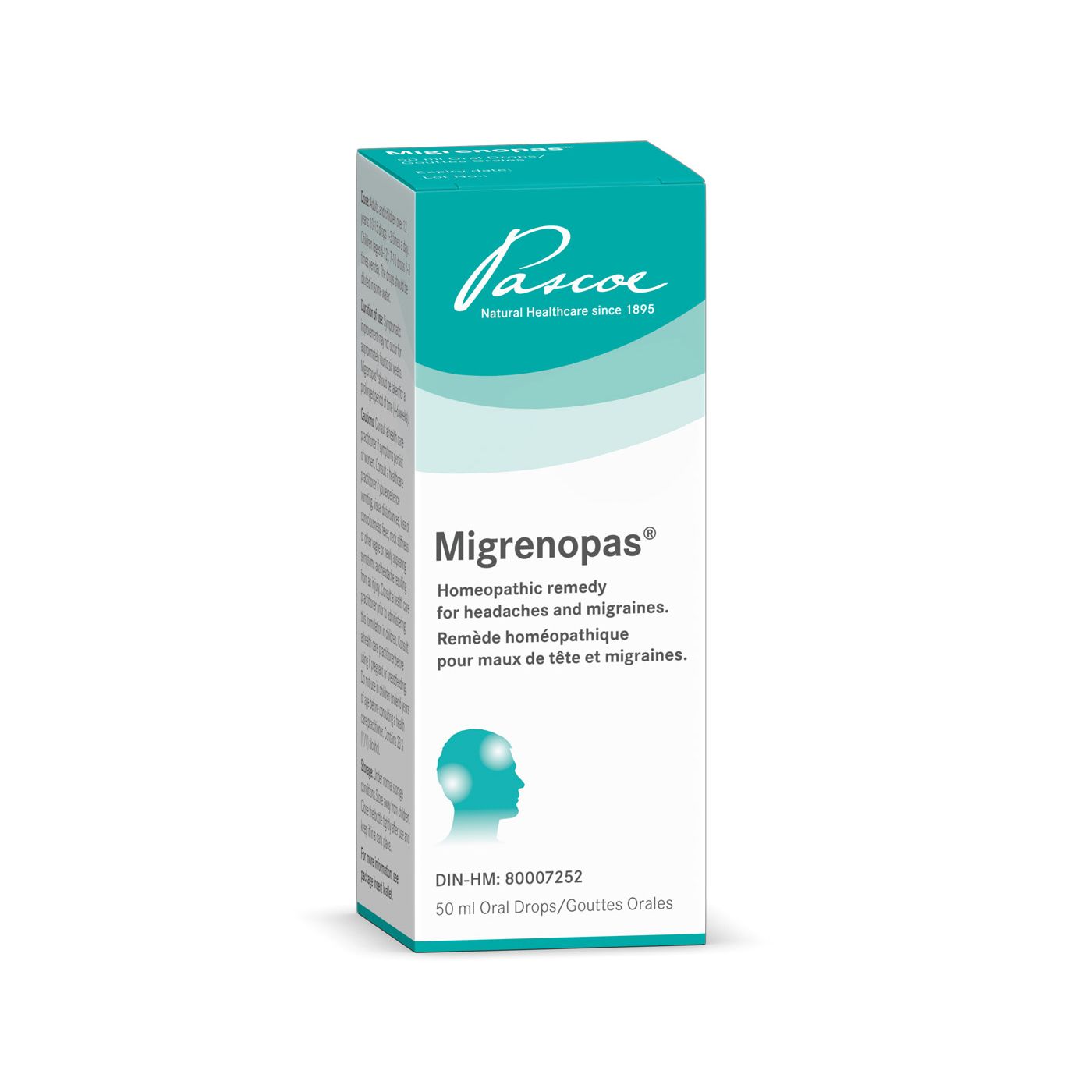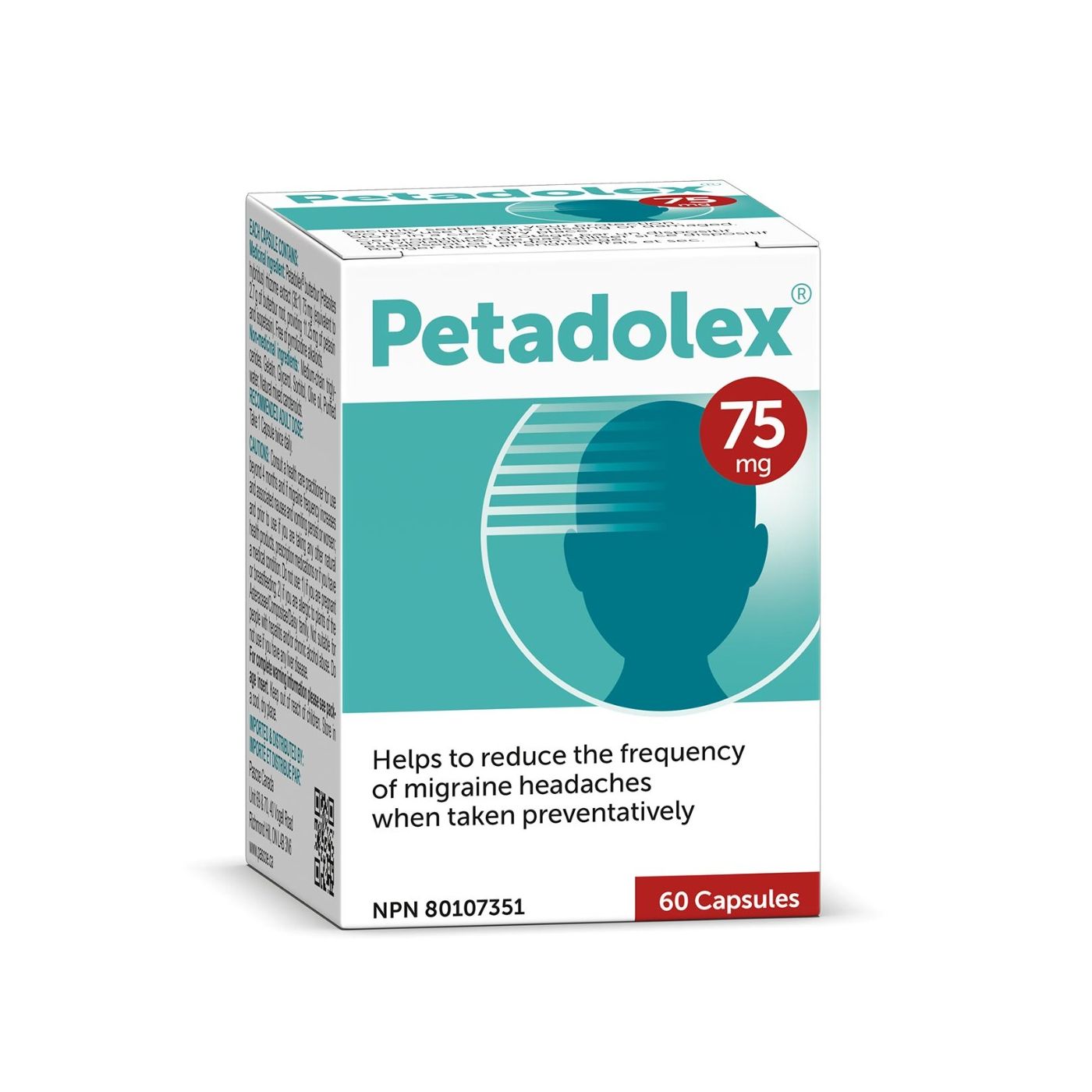7 Surprising Migraine Triggers You Need to Know
Migraines can be unpredictable and debilitating. Identifying common migraine triggers is your first step towards managing your symptoms and living a migraine-free life.
Here are seven unexpected migraine triggers that you should be aware of:
Migraine Trigger 1: Weather Changes
Migraine sufferers may be extra sensitive to weather changes. Factors which could be triggers for migraines include:
-Bright sunshine,
-Extreme temperatures,
-Sun glare,
-High humidity,
-Dry air, windy/stormy conditions,
-Barometric pressure.


Weather changes also can cause imbalances in brain chemicals, including serotonin, which can trigger migraine pain.
Many people report feeling a migraine coming on as a storm approaches. Stay aware of the forecast and plan your activities accordingly to reduce the risk of triggering migraine attacks associated with weather.
In the heat of the summer, it is also important to dress for the conditions and take breaks, if you engage in strenuous outdoor activity, as heat can also be a trigger for people with migraine susceptibilities.
Migraine Trigger 2: Food Additives
There is no question that some foods can trigger migraines, but what may surprise you is that food additives can also trigger migraines. Additives such as monosodium glutamate (MSG), nitrates, sulfites, and artificial sweeteners are all known to be migraine food triggers in some people.
MSG is a flavor enhancer found in many pre-packaged and processed foods, while nitrates and sulfites are used as preservatives in things like pickled foods, red wine, processed meats, and cured meats.
Becoming aware of food additives like MSG, nitrates, sulfites, and artificial sweeteners can help you identify your specific triggers for migraines. Start a food diary and pay attention to which foods tend to cause an episode.
Migraine Trigger 3: Screen Time
In our modern age, staring at a screen for extended periods has become a normal part of everyday life. Unfortunately, such screen-time can be detrimental to our health, particularly if we already suffer from migraines.
The bright light emitted from computer screens has the potential to cause reactions in the brain which can lead to migraines. Thankfully, we can prevent a migraine by dimming the brightness of our screens or wearing special glasses while using a computer.
If you get migraines after long hours of staring at a screen, try setting a timer to remind yourself to take a break every hour, during which you can walk away from your screens for a few minutes. Taking breaks will help reduce the amount of blue light exposure, decrease your sensitivity to light, and provide instant migraine relief.
Migraine Trigger 4: Hormonal Fluctuations
Hormonal fluctuations are one migraine trigger that is often overlooked. This is due to the fact that women are more prone to suffering from migraines and hormonal changes can be difficult to measure. Fluctuations in hormone levels throughout the menstrual cycle can cause an increase in migraine symptoms. Common triggers include ovulation, menstruation, pregnancy, menopause, and taking birth control pills.
The best way to combat these triggers is through lifestyle changes and preventive medications. Stress management, relaxation techniques, watching what you eat and drink, avoiding skipping meals, and exercising regularly can all help to reduce the frequency of migraines due to hormonal fluctuations.
Did you know that caffeine can also cause headaches? It’s incredibly addicting! If you’re trying to cut back, caffeine withdrawal can also trigger headaches and trouble focusing. The best course of action is to limit your caffeine intake overall or switch to herbal alternatives!
Migraine Trigger 5: Poor Posture
Poor posture is an often overlooked trigger of migraines. Slouching, hunching, and bending your neck forward for extended periods can create tension in the neck and head muscles, leading to a migraine.
To prevent poor posture from triggering migraines, it’s important to maintain good posture when sitting or standing for long periods. Take regular breaks to stretch, walk around, and move your body throughout the day. Certain chronic migraine treatments may also include physical therapy and exercises designed to correct posture and reduce tension in the head and neck muscles. By incorporating these habits into your routine, you may be able to minimize the occurrence of migraines.
Migraine Trigger 6: Strong Scents
People with sensitive noses may find that certain perfumes, colognes, body sprays, and scented candles can trigger migraines. Strong smells may trigger an inflammatory response in the brain for migraine sufferers.
To avoid this, look for unscented products or products that are formulated for people with allergies and sensitivities. If you choose to wear perfume, opt for light scents, and use it sparingly to not overwhelm your senses.
Migraine Trigger 7: Exercise
Although exercise is seen as a good way to improve physical health, it can also be a trigger for those suffering from migraines. This could be due to the changes in body temperature, dehydration, or other physical stressors that can occur with extensive exercise.
If you suffer from migraines and are looking for ways to improve your symptoms, it may be wise to scale back on your workouts, if you’ve been over-exerting yourself.
Several factors that can increase your chance of experiencing headaches after exercising include exercising in the heat, high humidity, high altitude, poor nutrition, caffeine use, and alcohol use.
Planning ahead and being aware of your potential migraine triggers is the first step in finding the right treatment for your individual needs. As always, talk to your doctor about a treatment plan that is right for you.
References:
Achan, Jane, et al. “Quinine, an Old Anti-Malarial Drug in a Modern World: Role in the Treatment of Malaria.” Malaria Journal, vol. 10, no. 1, 24 May 2011, www.ncbi.nlm.nih.gov/pmc/articles/PMC3121651/, https://doi.org/10.1186/1475-2875-10-144.
The Editors of Encyclopedia Britannica. “Cinchona | Description, History, & Facts.” Encyclopædia Britannica, 9 Nov. 2018, www.britannica.com/plant/Cinchona.
“Quinine | Uses, Actions, & Side Effects.” Encyclopedia Britannica, www.britannica.com/science/quinine.
Traverso, Vittoria. “The Tree That Changed the World Map.” Www.bbc.com, 28 May 2020, www.bbc.com/travel/article/20200527-the-tree-that-changed-the-world-map.
“Your Guide to Digestive Bitters.” Pascoe.ca, pascoe.ca/herbal-healthcare/blog/digestive-bitters. Accessed 15 Sept. 2023.




